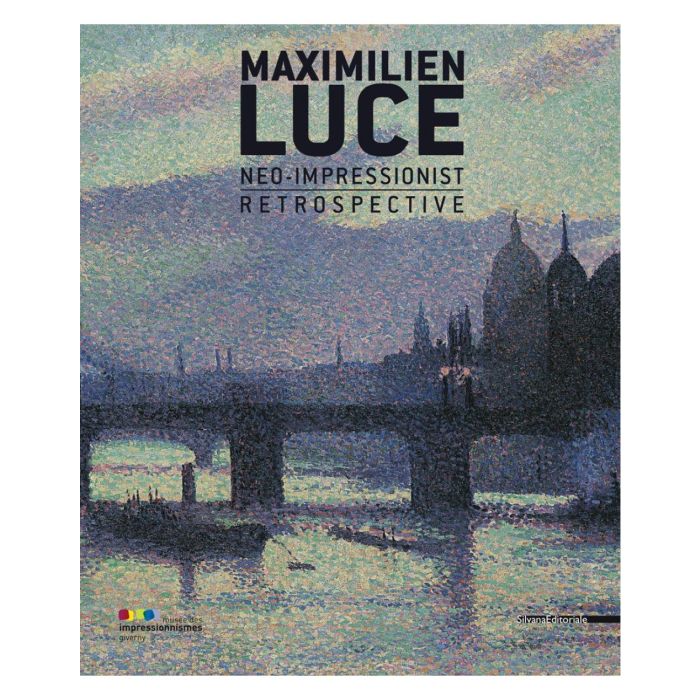My Cart
Your cart is empty
Looks like you haven't made your choice yet.
- Subtotal
Maximilien Luce

Neo-impressionist / Retrospective
- Silvana
- by Marina Ferretti Bocquillon
More Information
| Publisher | Silvana |
|---|---|
| ISBN | 9788836617777 |
| Author(s) | Marina Ferretti Bocquillon |
| Publication date | October 2010 |
| Edition | Hardback |
| Dimensions | 305 x 248 mm |
| Pages | 144 |
| Language(s) | Eng. ed. |
Description
Maximilien Luce (1858-1941) was born in Paris to an artisan’s family. He worked as a printmaker in his early years then, around 1880, devoted his career to painting. Camille Pissarro, who shared his anarchist convictions, introduced him to the Neo-Impressionist group in 1887.
Luce adopted their technique of divisionism – the separate application of individual colors. But, far from having the detached approach of Georges Seurat, Luce portrayed the contemporary world with passion. He liked to depict violent effects of light, from the sunset on the banks of the Seine River to the new effects of artificial, urban lighting. No less lyrical are the paintings of the Pays Noir where the flames of blast furnaces set the night ablaze.
Luce’s works became powerfully colorful prefiguring Fauvism. Fascinated by Haussmann’s works, he evoked the world of builders. In his later years, living in Rolleboise in the Department of the Yvelines, Luce found peace and calm and returned to more tranquil subjects.
The catalogue includes essays by Marina Ferretti Bocquillon, Aline Dardel, Bertrand Tillier and Vanessa Lecomte, and biographic information.

Maximilien Luce
